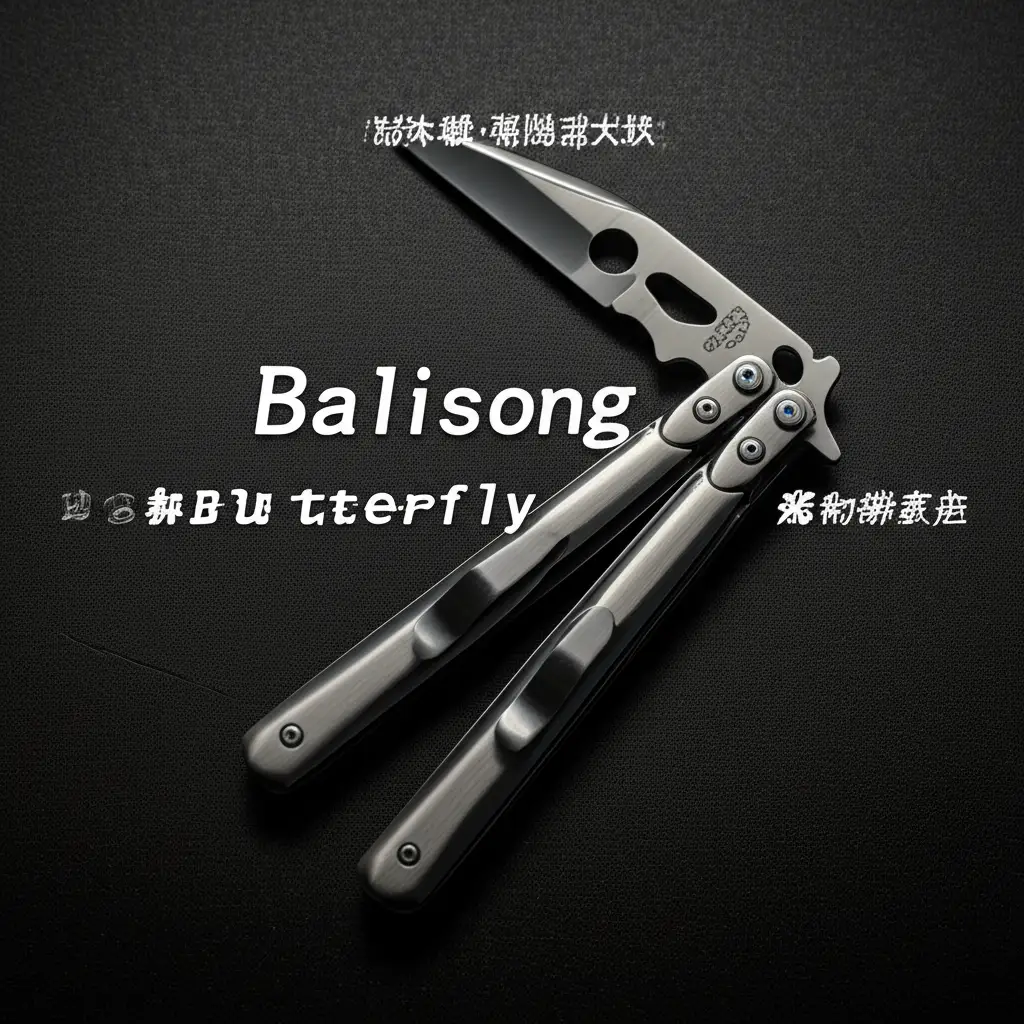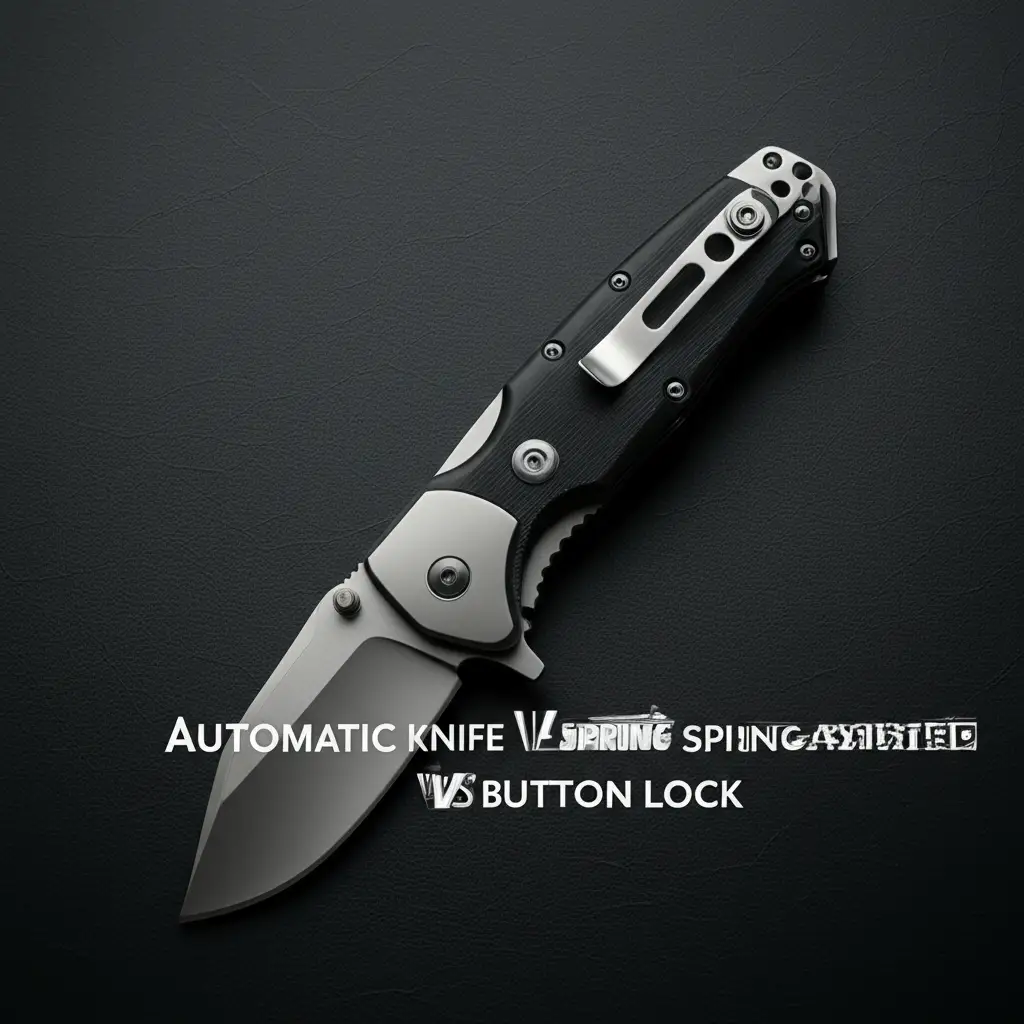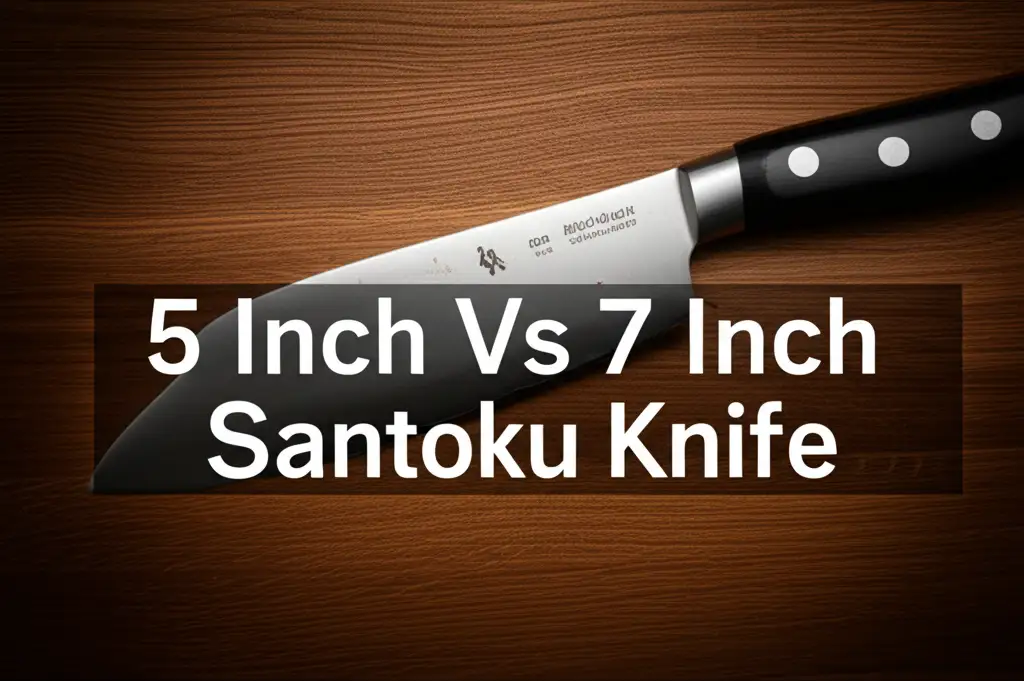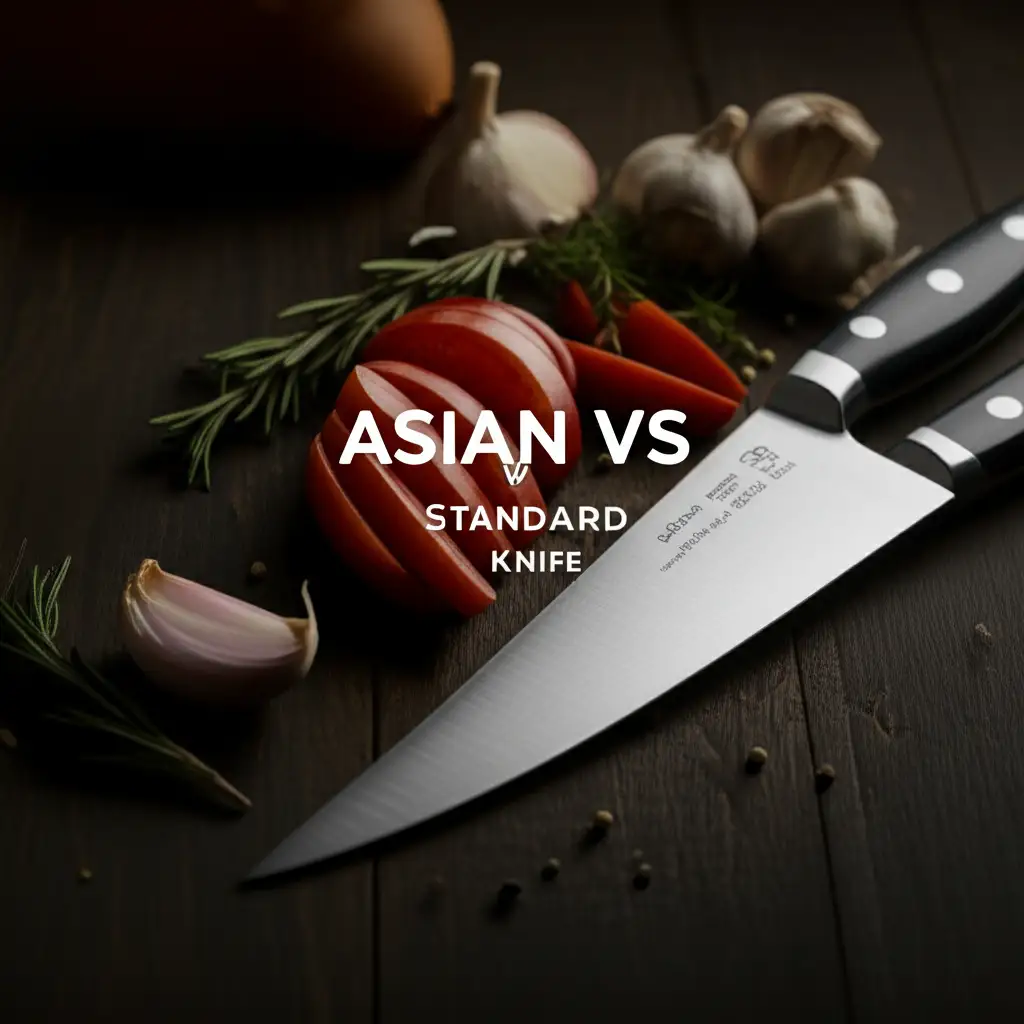· Elira Thomsen · Knives · 12 min read
Balisong Vs Butterfly Knife

Balisong Vs Butterfly Knife: Understanding the Differences
Have you ever wondered about the difference between a balisong and a butterfly knife? Many people use these terms, but sometimes they are not sure what they mean. I often hear questions about them. Let’s make it clear. We will look at what these knives are, where they come from, and how people use them.
This article will explain the unique design of these knives. You will learn about their history and cultural meaning. We will discuss how people perform tricks with them. We also cover the laws about owning them in different places. I will talk about how these knives are made. Then we will compare live blades with training knives. Finally, you will get tips on caring for your knife.
Takeaway
- “Balisong” and “Butterfly Knife” refer to the same type of folding knife.
- They originated in the Philippines, specifically from Batangas.
- These knives have a unique design with two handles that rotate around the tang.
- Many people use them for artistic flipping tricks, not just utility.
- Legality varies greatly by region, with many places restricting or banning them.
What is the distinction between a balisong and a butterfly knife?
A balisong and a butterfly knife are the same exact thing. The term “balisong” comes from the Philippines, where the knife originated. “Butterfly knife” is a descriptive name given because its two handles swing open like butterfly wings. There is no functional or design difference between them.
Defining the Balisong and Butterfly Knife
The balisong, also known as the butterfly knife, is a unique type of folding knife. It has two handles that rotate. These handles counter-rotate around the tang. The tang is the part of the blade that extends into the handle. When closed, the blade sits securely between the two handles. This design keeps the sharp edge safely covered.
The knife opens by swinging the handles apart. This reveals the blade quickly. The two handles are often called the “bite handle” and the “safe handle.” The bite handle is the one that covers the sharp edge when the knife is closed. The safe handle is the one that covers the blunt edge. Knowing this helps flippers avoid cuts.
The balisong’s design makes it more than just a tool. Its moving parts allow for quick deployment. They also make it popular for artistic maneuvers. People perform elaborate tricks by manipulating the handles. This movement is called “flipping.” The distinctive opening method is a key part of its appeal.
A Glimpse into History: Origins of the Balisong
The true origin of the balisong is a subject of discussion. Most experts agree it comes from the Philippines. It specifically comes from the Batangas province. People there used the balisong as a utility knife. It served many purposes for daily tasks. It was a common tool for farmers and fishermen.
The word “balisong” might come from “bali sungay.” This means “broken horn” in Tagalog. This name refers to the materials used for older handles. Another theory suggests it comes from “bali sa taong,” meaning “to break a person.” This hints at its effectiveness as a self-defense weapon. I think its history shows a mix of everyday use and personal safety.
Balisongs were very important in Filipino culture. They were part of local martial arts. People passed down knife-wielding skills through generations. The knife became a symbol of Filipino heritage. It represented the resourcefulness of the people. This rich history makes the balisong special to many collectors. Some styles, like the American vs European knife and fork have distinct cultural roots too. Different cultures develop different tools based on their needs and traditions.
The design itself evolved over time. Early versions were likely simpler. As craftsmanship improved, so did the knives. Modern balisongs often use advanced materials. But the core design remains true to its roots. This connection to the past is part of the balisong’s enduring charm.
The Art of Flipping: Skills and Techniques
Many people are drawn to the balisong for its flipping capabilities. Flipping is the art of manipulating the knife. You move it in complex, flowing patterns. It takes a lot of practice to master these tricks. The goal is to perform movements smoothly and safely. Flipping helps improve hand-eye coordination. It also builds dexterity.
There are many basic and advanced tricks. Beginner moves include the basic opening and closing. The “zen rollover” and “aerial” are also popular starting points. More advanced tricks involve multiple rotations and intricate hand movements. Flippers often use trainer balisongs first. These knives have dull blades. They prevent injuries during practice.
Flipping is a form of self-expression. It is like a dance with a knife. Each flipper develops a unique style. Videos of balisong flipping are popular online. They showcase the skill and artistry involved. I have seen some amazing performances. The community of balisong flippers is very active. They share tips and tricks with each other.
Safety is very important in balisong flipping. Always be aware of your surroundings. Make sure you have enough space. Use a trainer knife when learning new moves. Only use live blades after you are very confident. Wearing gloves can also protect your hands. This dedication to safety allows the art form to thrive.
Legality and Regulation: Where Can You Own One?
The legality of owning a balisong varies greatly by location. Some countries and states have strict laws. Others have more relaxed rules. It is very important to know the laws where you live. Ignorance of the law is not an excuse. You must always check local regulations before buying or carrying a balisong.
In the United States, balisong laws differ by state. Some states ban them entirely. This means you cannot own, carry, or even import them. Other states allow ownership but restrict open or concealed carry. For example, California considers them a switchblade, which is generally illegal to carry concealed. In contrast, states like Arizona have fewer restrictions. I recommend checking your state’s specific knife laws.
Outside the US, regulations are also diverse. Countries like Canada and Australia generally prohibit balisongs. The United Kingdom also has very strict knife laws. Many European countries consider them illegal weapons. However, in the Philippines, where they originate, they are more commonly accepted. Even there, some areas might have rules about public carry.
The key is always to research. Laws change. What was legal yesterday might not be today. A simple search for “[your state/country] balisong laws” can provide current information. Using a trainer balisong for practice is usually legal. This is because it does not have a sharp blade. It is the safest way to enjoy flipping without legal concerns.
Construction and Materials: What Makes a Good Balisong?
The quality of a balisong depends heavily on its construction. Good materials lead to a durable and functional knife. Blades are usually made from various types of steel. Stainless steel is common. It resists rust well. High-carbon steel offers better edge retention. Some knives use alloy steel vs stainless steel knife for different properties. Alloy steels can be stronger or hold an edge longer. The choice of blade material impacts performance.
Handles are another critical part. They often come in materials like stainless steel, titanium, or aluminum. Each material has different properties. Stainless steel handles are heavy and durable. Titanium is lighter but very strong. Aluminum handles are lightweight and good for flipping. Sometimes, you see G10 or carbon fiber handles. These materials offer good grip and reduce weight.
The pivot pins are also important. These are the small pins that allow the handles to rotate. Good balisongs use high-quality pivots. They might use hardened steel or bushings. Some even use ball bearings for very smooth action. The smoothness of the pivot directly affects how well the knife flips. I always check the hardware when looking at a balisong.
Balance is key for a good flipping experience. The weight distribution between the blade and handles matters. A well-balanced balisong feels natural to control. It moves predictably. A poorly balanced one can be difficult to manage. Different handle designs, like solid channel handles versus sandwiched scales, also affect the feel. Some high-end balisongs even allow for adjustable weights. This helps users customize the balance.
Choosing Your Balisong: Live Blades vs. Trainers
When you decide to get a balisong, you have a main choice: a live blade or a trainer. A live blade balisong has a sharp edge. It can cut things. This type is a real tool. People use it for various tasks. Collectors also value live blades for their craftsmanship. They require careful handling due to the sharp edge.
A trainer balisong has a dull, unsharpened blade. It cannot cut. The blade is often rounded or has holes. This makes it safe for practice. Beginners should always start with a trainer. It lets you learn flipping tricks without risk of injury. Trainers are also legal in more places than live blades. This avoids many legal problems. I personally recommend starting with a trainer.
The choice between a live blade and a trainer depends on your purpose. If you want a functional knife, a live blade is appropriate. If you want to learn flipping or just enjoy the movement, a trainer is better. Many serious flippers own both. They practice new moves with a trainer. Then they perform with a live blade once they are confident. The feeling can be slightly different between the two.
Think about the size too. Just like you choose a 6-inch vs 8-inch chef knife based on your cooking needs, balisongs come in different lengths. A longer balisong might feel different to flip than a shorter one. The weight also varies. Lighter trainers might be easier for fast tricks. Heavier ones can feel more substantial. Consider your hand size and desired flipping style.
Maintenance and Care for Your Butterfly Knife
Taking care of your balisong helps it last longer. Regular cleaning is important. Dirt and dust can get into the pivot points. This makes the knife feel gritty. Use a soft brush to remove debris. A cotton swab works well for tight spaces. You should also wipe down the blade after each use. This prevents smudges and corrosion.
Lubrication keeps the pivots smooth. Apply a small drop of knife-specific oil to each pivot. Move the handles back and forth. This helps spread the oil. Do not use too much oil. Excess oil can attract more dirt. I often use a very light machine oil. It works wonders for smooth action. How often you oil depends on how much you use the knife.
Tightening screws is another key part of maintenance. Balisongs have small screws holding the handles together. These screws can loosen over time, especially with flipping. A small screwdriver set is essential for this. Do not overtighten them. Overtightening can strip the screws or make the action stiff. A bit of blue Loctite can help keep screws from backing out. Just be careful with it.
Keep your balisong dry. Moisture causes rust, especially on steel parts. If your knife gets wet, dry it immediately. Store your balisong in a dry place. A soft pouch can protect it from scratches. Some people use a display stand. Proper care ensures your butterfly knife remains in top condition for years. This care is similar to how you would maintain any quality tool, from a simple screwdriver to a specific type of kitchen aluminum vs ceramic cookware. Materials need proper attention to last.
FAQ Section
Is a balisong the same as a butterfly knife?
Yes, a balisong is exactly the same as a butterfly knife. The term “balisong” is the traditional name from the Philippines. “Butterfly knife” is a more common descriptive name used worldwide. Both terms refer to the unique folding knife with two handles that pivot around the blade.
Why are butterfly knives illegal in some places?
Butterfly knives are illegal in some places due to their design. Many governments classify them as dangerous weapons. They are seen as easy to conceal and quick to deploy. The association with rapid opening and their use in martial arts contributes to these bans. Laws vary widely, so check local regulations.
Can I use a balisong for self-defense?
While a balisong can be used for self-defense, it is primarily designed as a utility tool and for artistic flipping. Using it defensively requires specific training. Legal ramifications for using any knife in self-defense can be severe. It is usually not recommended as a primary self-defense tool.
How do I learn to flip a balisong safely?
To learn balisong flipping safely, start with a trainer balisong. These knives have dull, unsharpened blades. Watch online tutorials and practice basic moves slowly. Always ensure you have clear space around you. Practice over a soft surface, like a bed, to prevent damage if you drop it.
What materials are balisongs typically made from?
Balisongs are typically made from various materials. Blades use steels like stainless steel or high-carbon steel. Handles often use stainless steel, titanium, or aluminum. Some handles also feature G10 or carbon fiber inserts. The choice of materials affects the knife’s weight, balance, and durability.
Are there different sizes of balisongs?
Yes, balisongs come in different sizes. Blade lengths and overall lengths vary. Smaller balisongs might be easier for fast, intricate tricks. Larger ones can feel more substantial and offer better reach. The size you choose often depends on your hand size and personal preference for flipping style.
Conclusion
We have explored the world of the balisong, also known as the butterfly knife. It is clear that these two names refer to the very same unique folding knife. This knife comes from the Philippines and has a rich history. Its design allows for quick opening. It also makes it ideal for artistic flipping.
The balisong is more than just a knife. It is a piece of cultural heritage. It is also a tool for skill and artistry. From understanding its historical roots to mastering its complex movements, the balisong offers a lot. Remember, checking local laws is very important before you own one. Using a trainer is smart for learning.
I hope this article helped clarify any confusion. The balisong is a fascinating object. If you are interested in knives, consider exploring more. There is always something new to learn. Start with a trainer. Enjoy the challenge of learning to flip. It is a rewarding hobby.





